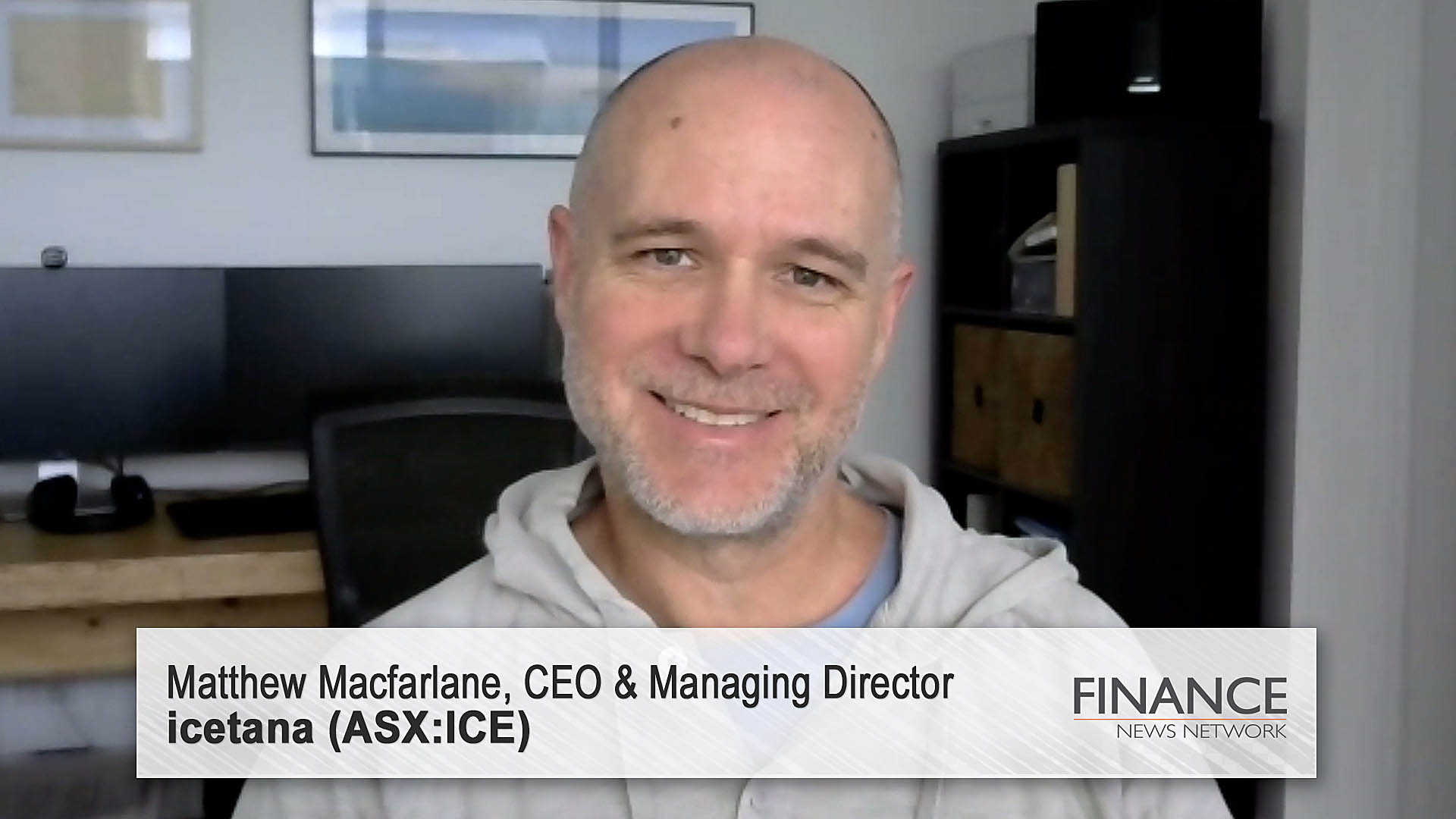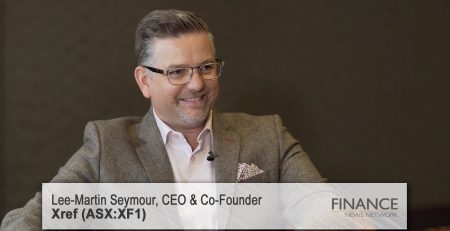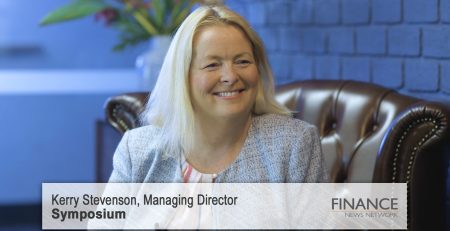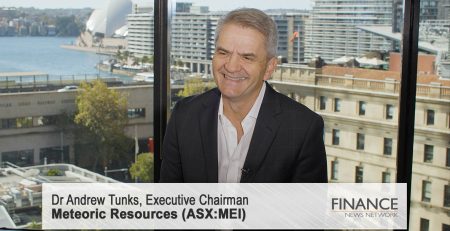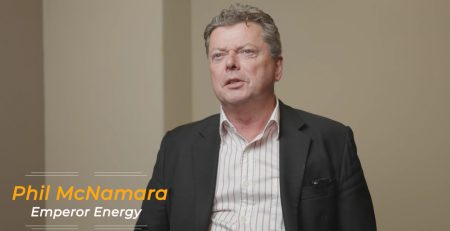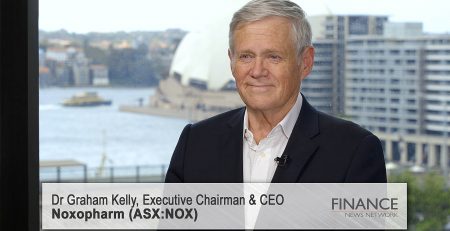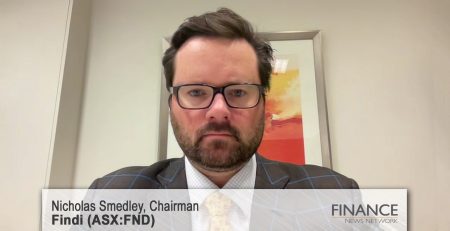icetana (ASX:ICE) – AI-driven video analytics surveillance, July 2021
icetana Limited (ASX:ICE) CEO & Managing Director Matt Macfarlane talks about the company's AI software, which dramatically improves active security monitoring by learning normal movement patterns and highlighting abnormal movement in real time.
Lauren Evans: Hi, this is Lauren Evans for the Finance News Network. Joining me from icetana (ASX:ICE) is MD and CEO, Matthew Macfarlane. Matt, welcome to the network.
Matthew Macfarlane: Thanks for having me.
Lauren Evans: It's great to have you on board. First up, can you start with an introduction to the company?
Matthew Macfarlane: Sure. So, icetana is a software company that provides video analytics solutions using AI technology. It was a spin out from Curtin University about 11 years ago, and our software analyses footage from video surveillance networks and provides anomalous and unusual events in real time to security operators and control rooms.
Lauren Evans: Great. Thanks, Matt. So, where is the demand for video surveillance largest?
Matthew Macfarlane: You'll probably find the most surveillance cameras in a casino, for example. So, casinos have very, very distributed and detailed surveillance networks across every square foot of them, but really surveillance is quite ubiquitous now. So, in South America, for example, city surveillance is a very, very big market. Also in Japan. And you see that surveillance cameras globally are just booming. Twenty per cent growth per annum, over 600 million cameras already installed around the world.
Lauren Evans: So, your technology is a motion-based security analytics solution. What are its advantages over the competition?
Matthew Macfarlane: So, most of our competitors work with what we call rules-based systems, where you set a particular rule, like you want to find a face that matches your facial database, or you want to find somebody going over a virtual trip wire, which is a particular line along the fence line, but our software is self-learning. So, what it does is it takes the footage from each individual video camera on a large distributed network and, over a two-week period, it learns the movement patterns in front of that camera. So, it's kind of like movement detection on steroids. And then, at the conclusion of that two-week period, it starts to report unusual events in real time. So, with normal moment detection, you knock out about 40 per cent of surveil time because there's no movement, so you get to about 60 per cent of the footage, which is many, many hours of the day. With icetana, we knock out 98 per cent of surveil time and just show the 2 per cent that we think is the most interesting for the security operators to respond to. And what it does is it turns these surveillance networks from being principally stored footage networks to real-time response operations.
Lauren Evans: So, now to the sales process and partners. How long does it take on average, who do you partner with, and is yours a software-as-a-service model?
Matthew Macfarlane: Yeah, so we're transitioning very quickly to software-as-a-service. We started out with classic kind of enterprise software, where we would have a large upfront fee and then have the trailing maintenance fee. We do charge per camera, so the large number of cameras that are out there and the growth in the camera market is very good for us, and we are increasingly signing up software-as-a-service type of customers. So, about 60 per cent of our revenue recurring revenue currently in total.
In terms of our go to market, it typically takes three to nine months for a sale to close. So, there's a lot of discussions with the partner, making sure that the system performs to their expectations and that it works with their existing surveillance networks, because there are many, many different technologies out there, although it's becoming more and more standardised over time.
And, when I talk about our go to market, we have a mixed approach. We like to create the demand initially by engaging with the prospective customers, getting them excited about the technology, referring them to our existing customers who are very strong, positive referring customers. We have lots of happy customers out there already. Having done that, we then tend to bring in our value-added resellers, who are the trusted guys who install these systems and integrate the different technologies together to help the customers' surveillance operations all run smoothly. So, we have a relationship with these value-added resellers where ultimately they become the parties who help introduce us to these leads, allow us to drum up the demand, and then support us in the delivery.
Lauren Evans: The last question from me today, Matt, is there anything else that you'd like to add today?
Matthew Macfarlane: We've had a really, really tough time with COVID last year, so last calendar year, with a lot of places shut down, which meant it was very hard for our software to get installed. And so our principal focus in the last calendar year was all about cash retention and making sure that the money we'd raised through the IPO wasn't going to all be spent so that we'd have to go out and raise additional capital. We did a really good job with that, I think.
This year our focus is all about revenue growth, and I think that you're going to see some very, very good results out of the most recent quarter, which we've just wrapped up on 30 June, and that revenue trajectory is extremely important for our business because each dollar of revenue we add, we are averaging around about a 70 or 80 per cent gross profit on that. So, it very quickly flows through down to the bottom line.
We've got a really strong growth trajectory ahead of us, we are hitting those revenue goals that we set for ourselves at the start of the calendar year, we're going to wrap up the financial year with a very strong quarter. I'm just excited to share that with everybody as soon as we've got those results wrapped up.
Lauren Evans: That's great to hear. Well, Matthew Macfarlane, thanks for the introduction today.
Matthew Macfarlane: Thanks for having me.
Ends
Copyright 2021 – Finance News Network
Source: Finance News Network

